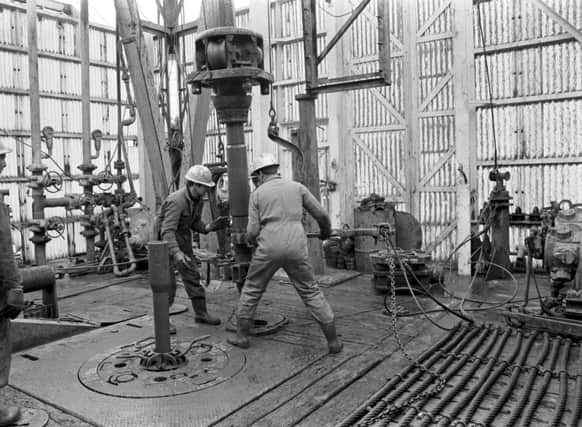The news in October 1970 that British Petroleum had identified a vast reservoir of crude oil in the Forties field, 110 miles east off the Aberdeen coast, had a profound impact.
As the sheer size of their offshore find, the first UK giant field, became apparent, the smiles on the faces of BP chiefs must surely have been as wide as the North Sea itself.
It was a landmark moment for the UK oil and gas firm, which was spending millions each year transporting drilled produce from the Middle East. In 1969 alone, our oil import receipts tallied up to a staggering £670 million.
The well was positively filled to the brim, but it would take several years of pipe laying and platform building before the collective national thirst for affordable fuel could be suitably quenched. With crude reserves piped 105 miles south to Grangemouth refinery, the first mainland sales of Forties oil were made in 1975 and to much fanfare.
Once home to formidable granite, paper manufacturing and shipbuilding industries and a thriving fishing port, Aberdeen was in the throes of economic decline in the lead up to 1970, but the Forties find would dramatically reverse the city's bleak fortunes.
Over the next decade, the Granite City's trawlers would increasingly make way for tankers and oil vessels of every kind, as Scotland's third city extended a firm “howdy” to the first hordes of Stetson-wearing American oil barons and redefined itself to become Europe's largest oil port.
While the story of North Sea oil would not be without its controversies and tragedies – most notably the dreadful Piper Alpha disaster in 1988 – the Forties field and subsequent discoveries diminished the UK’s dependence on costly foreign oil and vastly improved the national balance of payments.
Fifty years and as many billions of barrels of oil later, we reflect on the beginnings of an industry that, despite its volatility and ultimately finite nature, continues to bring considerable prosperity to Scotland and the UK.
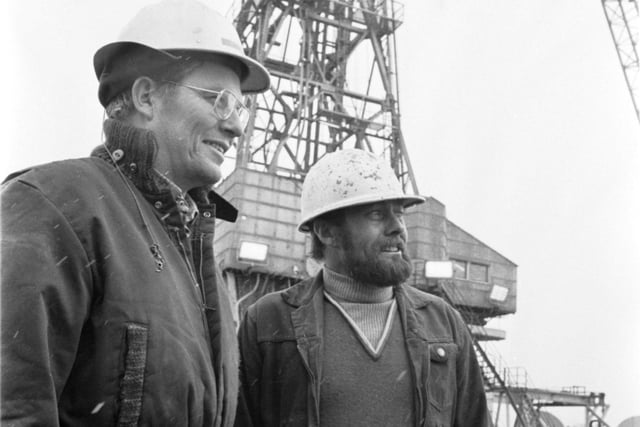
1. The workers
Oil workers Dekker & Donck on the Staflo oil rig in the North Sea, March 1971. Photo: Ian Porteous
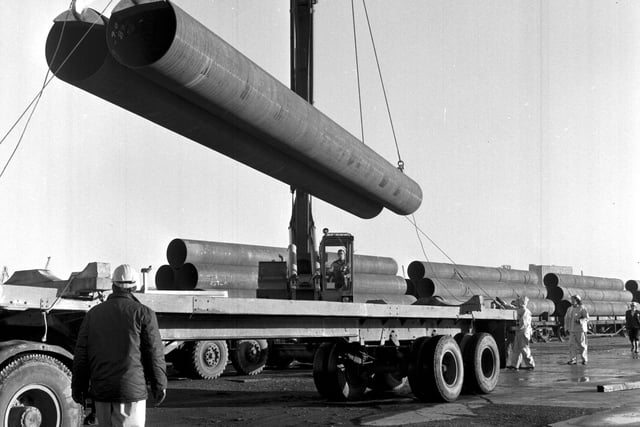
2. Pipe dream
Pipes for the British Petroleum (BP) North Sea Oil pipeline are unloaded at Leith docks in November 1972. Photo: Ian Brand
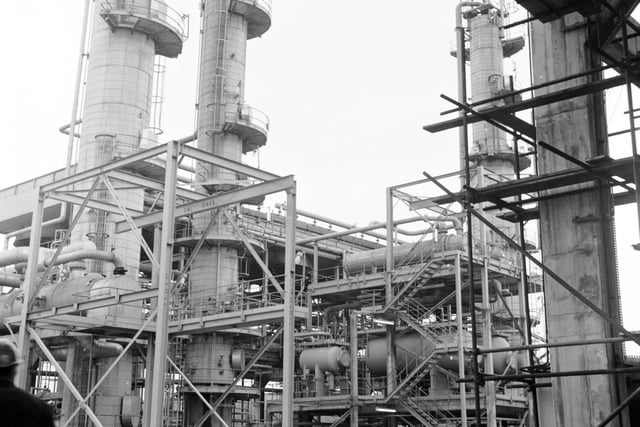
3. End of the line
The BP complex at Kinneil on the Firth of Forth, end of the 384km crude oil pipeline from the Forties oilfield in the North Sea, November 1975. Photo: Ian Porteous
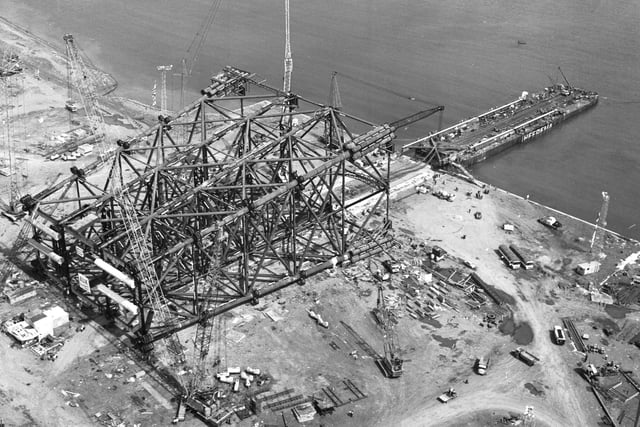
4. Full metal jacket?
Aerial of an oil platform jacket being built for the North Sea oilfields at Methil in Fife in June 1974. Photo: Hamish Campbell
